The Komodo Dragon is the world’s largest species of lizard found only in the Indonesian islands of Komodo, Rinca, Flores, and Gili Motang. They can grow to a length of 3 meters and weigh more than 90 kilograms. Despite its huge size, these animals are pretty agile, can climb trees and swim really well. They are one of the world’s most unique animals and are can sometimes be the sole reason for visitors to visit these Indonesian islands.
So, why are the lizards so big? Island gigantism is a suggested theory. It explains that animals stranded on an island with no natural predators tend to grow to a very large size when compared with their mainland relatives. Large mammalian carnivores are often absent in islands because of their complex habitat requirements. So, in order to fill the biological niche on the islands in which they live, Komodo Dragons have evolved to grow to tremendous sizes.
Because of their massive size, Komodo Dragons dominate the ecosystems in which they live. They usually eat carrion but are also known to prey on a wide range of invertebrates, birds and mammals. They have been known to take down small deer and water buffaloes. Some eyewitnesses have reported seeing a Komodo Dragon eating a 40 kilogram pig in 20 minutes. Because of their loose jaws, flexible skull and expandable stomach, Komodo Dragons can consume huge chunks of their food whole and in certain cases, even swallow entire animals. These lizards may also resort to cannibalism, sometimes eating smaller Komodo Dragons or their adversaries after a fight.
The Komodo Dragon’s teeth are frequently covered by gingival tissue, resulting in its saliva being frequently tinged in blood. Because of this, its mouth is full of bacteria. Even if its prey survives a Komodo Dragon attack, the infection from the bite will usually kill it later. Additional research has suggested that these animals may have a venom gland on its lower jaw that can paralyze its prey.
The Komodo Dragon is in the vulnerable species list and it is believed that there are about 5,000 left in the wild. Because of this concern, Komodo National Park was founded in 1980 with the Wae Wuul and Wolo Tado Reserves opening later to further protect these animals. Some factors contributing to the animal’s diminished numbers include volcanic activity, fire, hunting, poaching of prey species by humans, and changes in its habitats.
The Komodo Dragons are truly amazing creatures. What better way to learn about these animals than in their natural habitat? There is also a chance to snorkel among enchanting coral gardens and visit traditional villages set in untamed volcanic landscapes with EXO’s Flores an the Komodo Islands tours. Combining land exploration of Flores with overnight cruises around Komodo and Rinca Islands, these Indonesia tours through the Flores archipelago promises an unforgettable experience in a lesser known part of Indonesia.
Inspired? Here are some of our handpicked tours to discover all about Komodo Dragons and more:
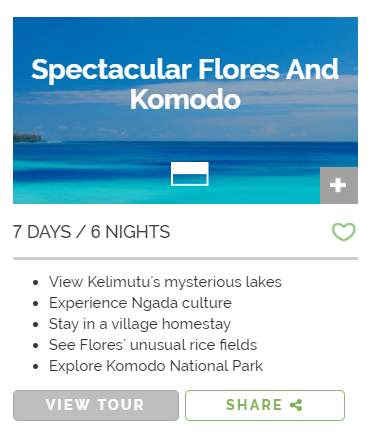
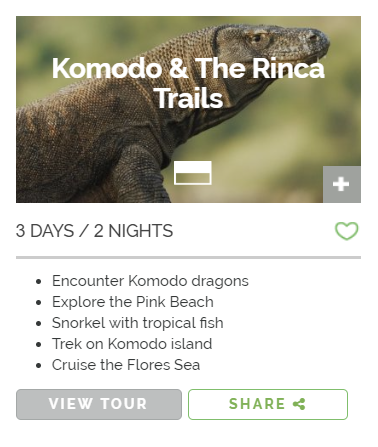
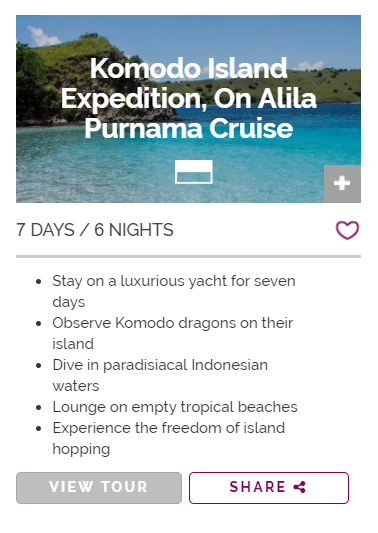
Visit the EXO Travel’s homepage for more information about other memorable tours in Southeast Asia and contact us if you would like to tweak any of our tours or if you have any questions.
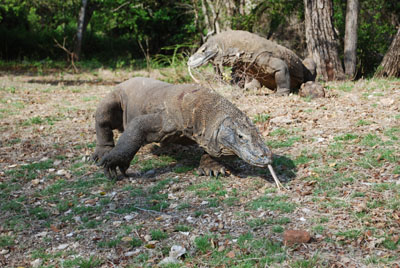



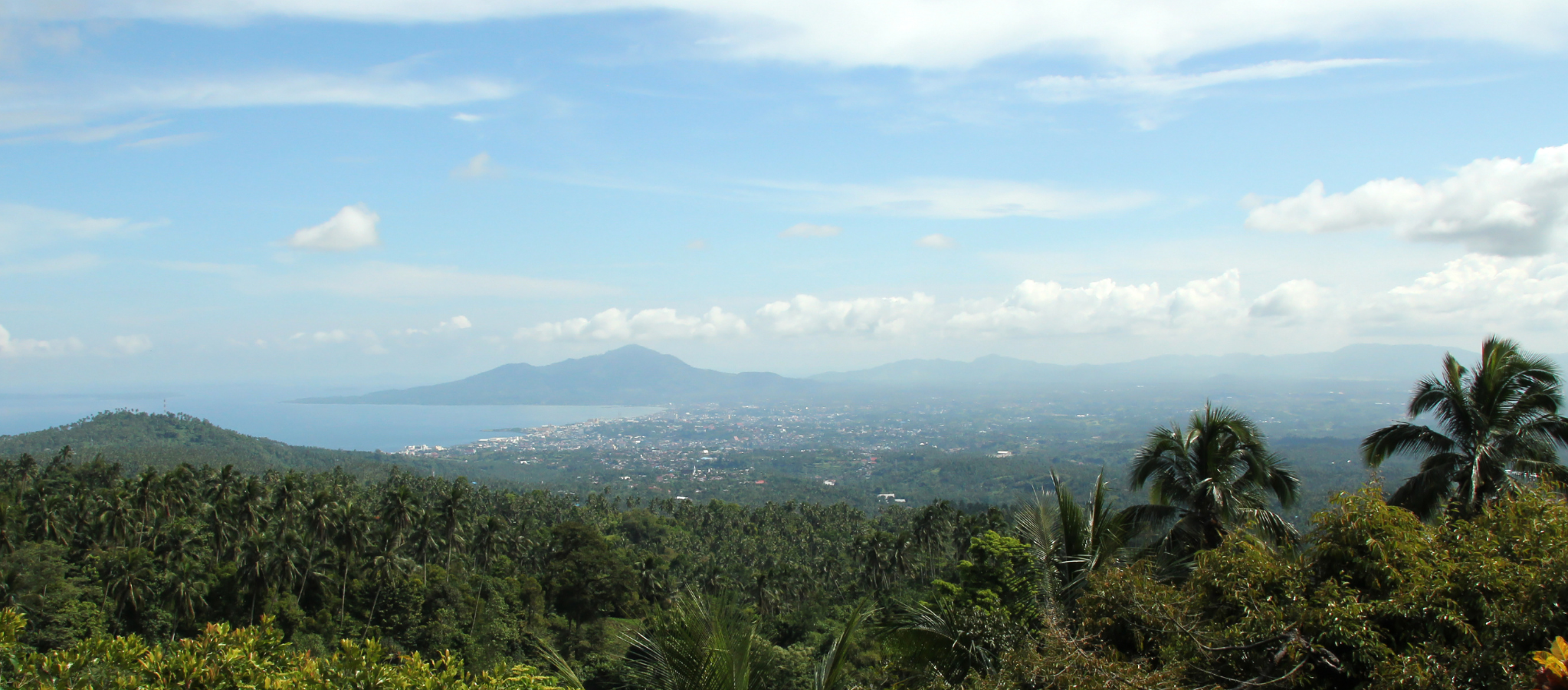 " alt="">
" alt=""> 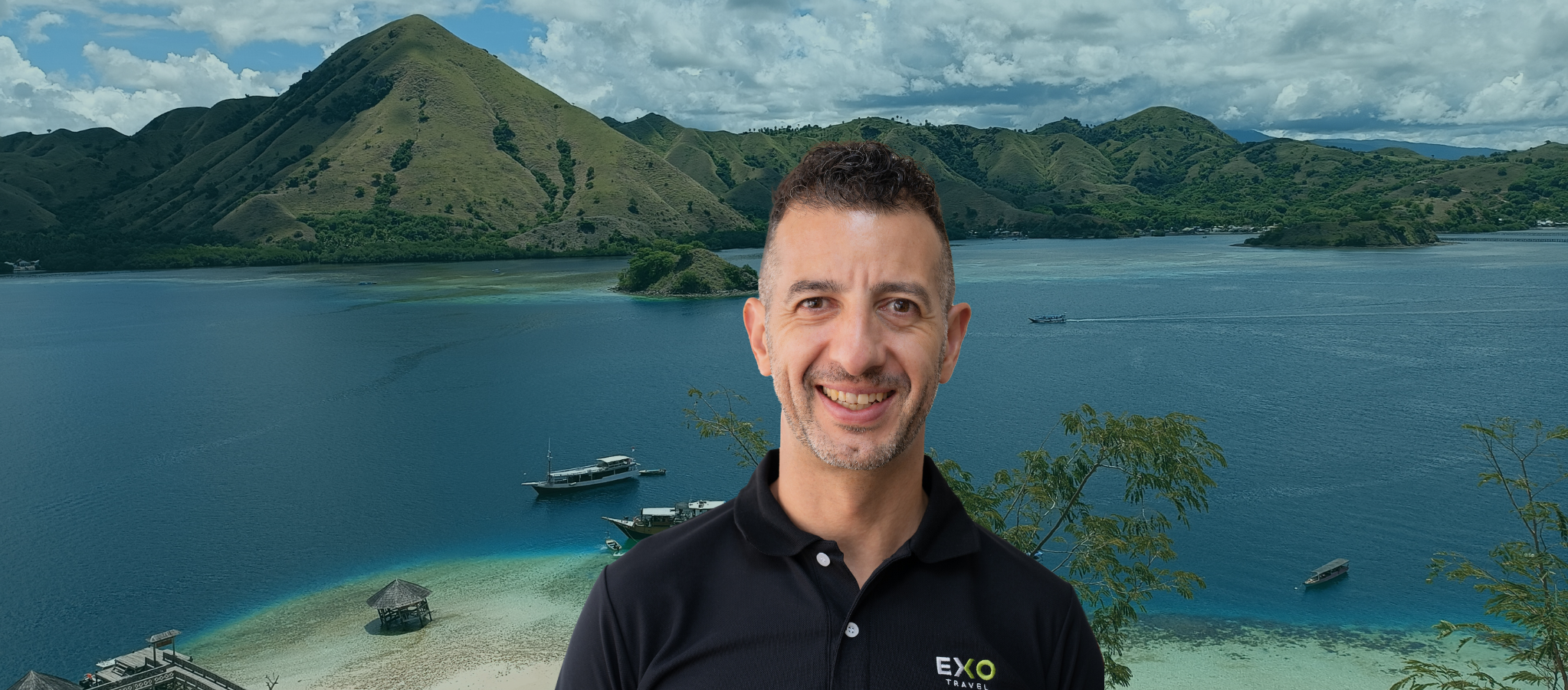 " alt="">
" alt=""> 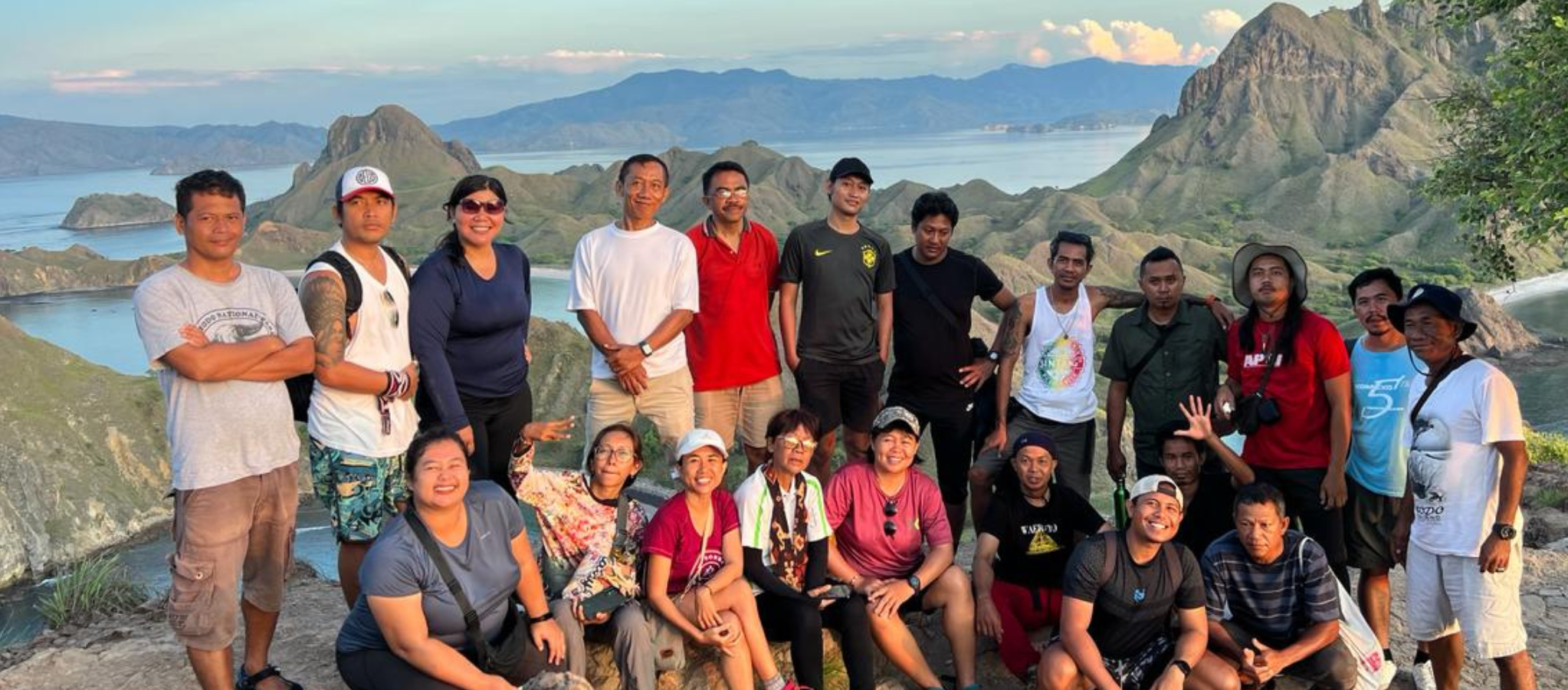 " alt="">
" alt=""> 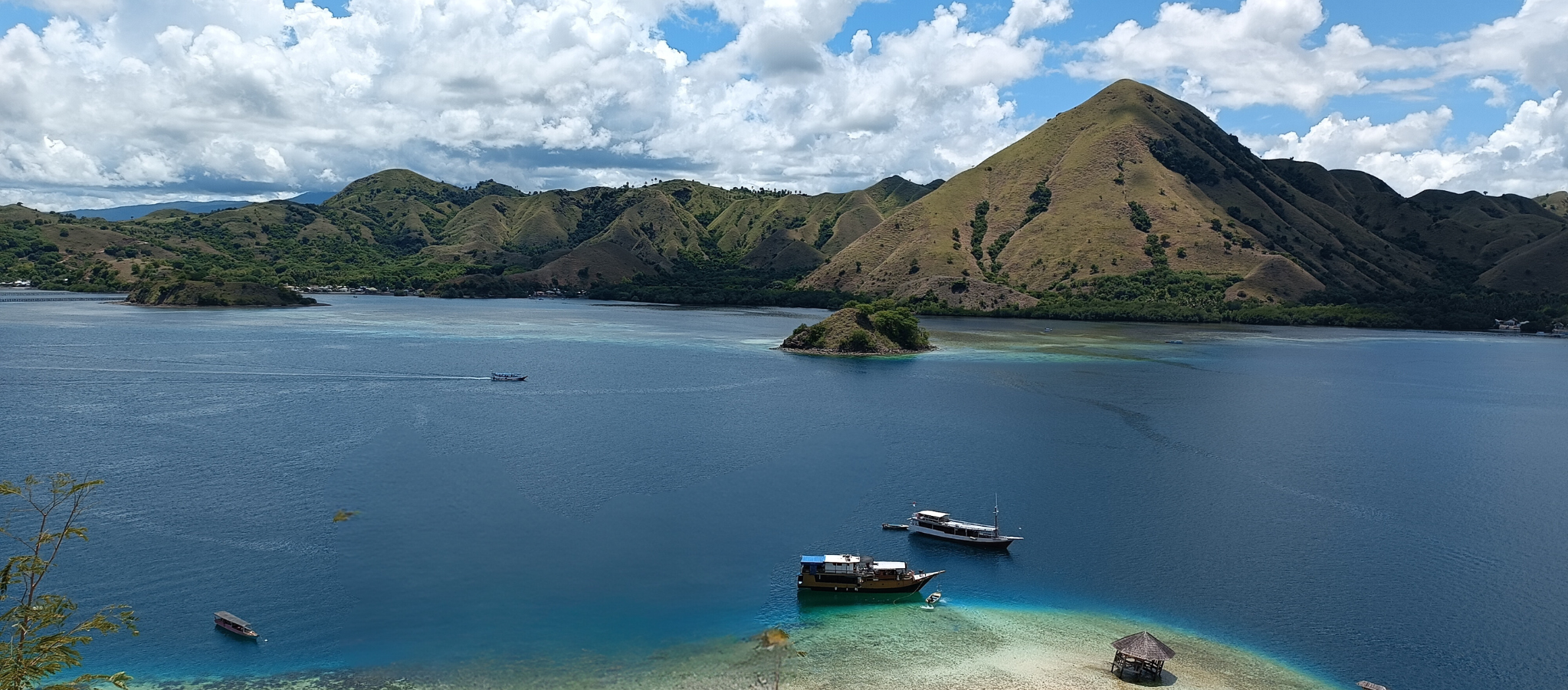 " alt="">
" alt=""> 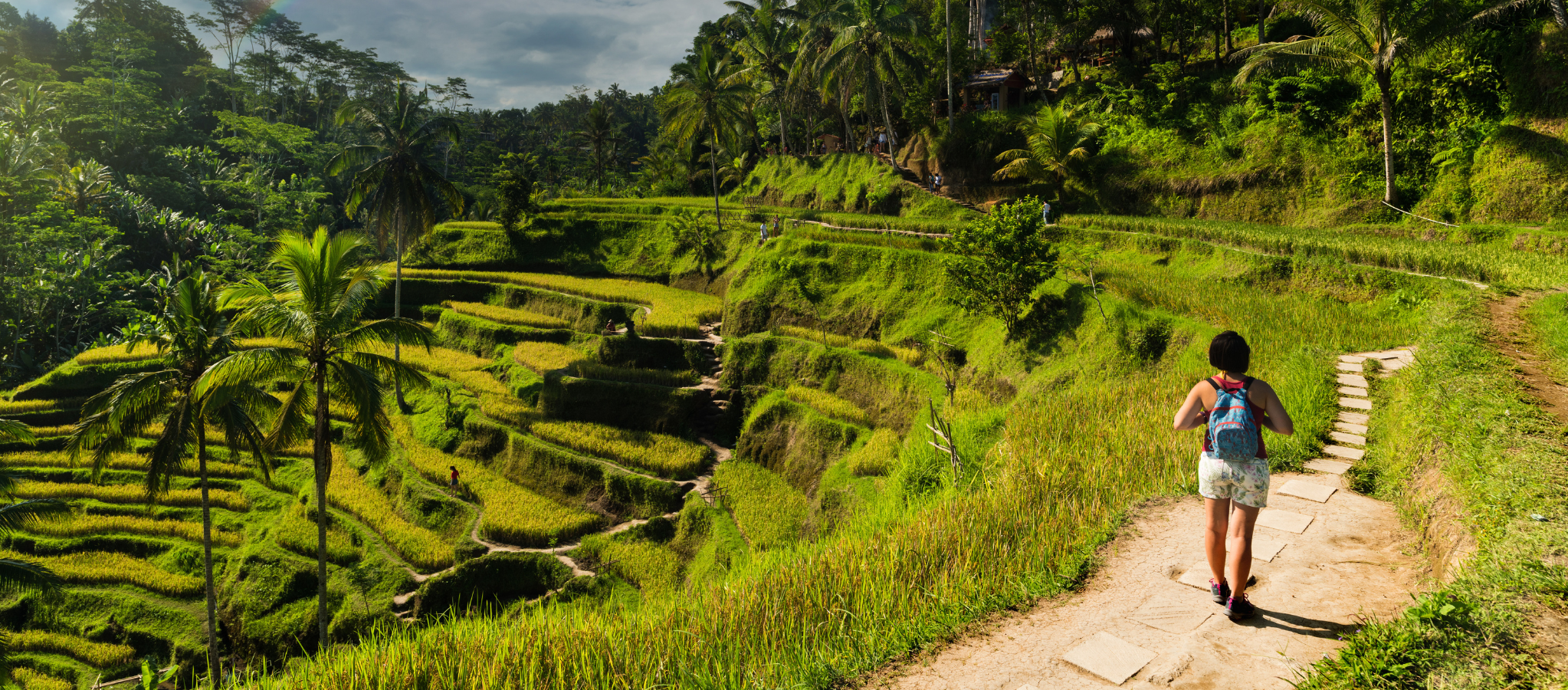 " alt="">
" alt=""> 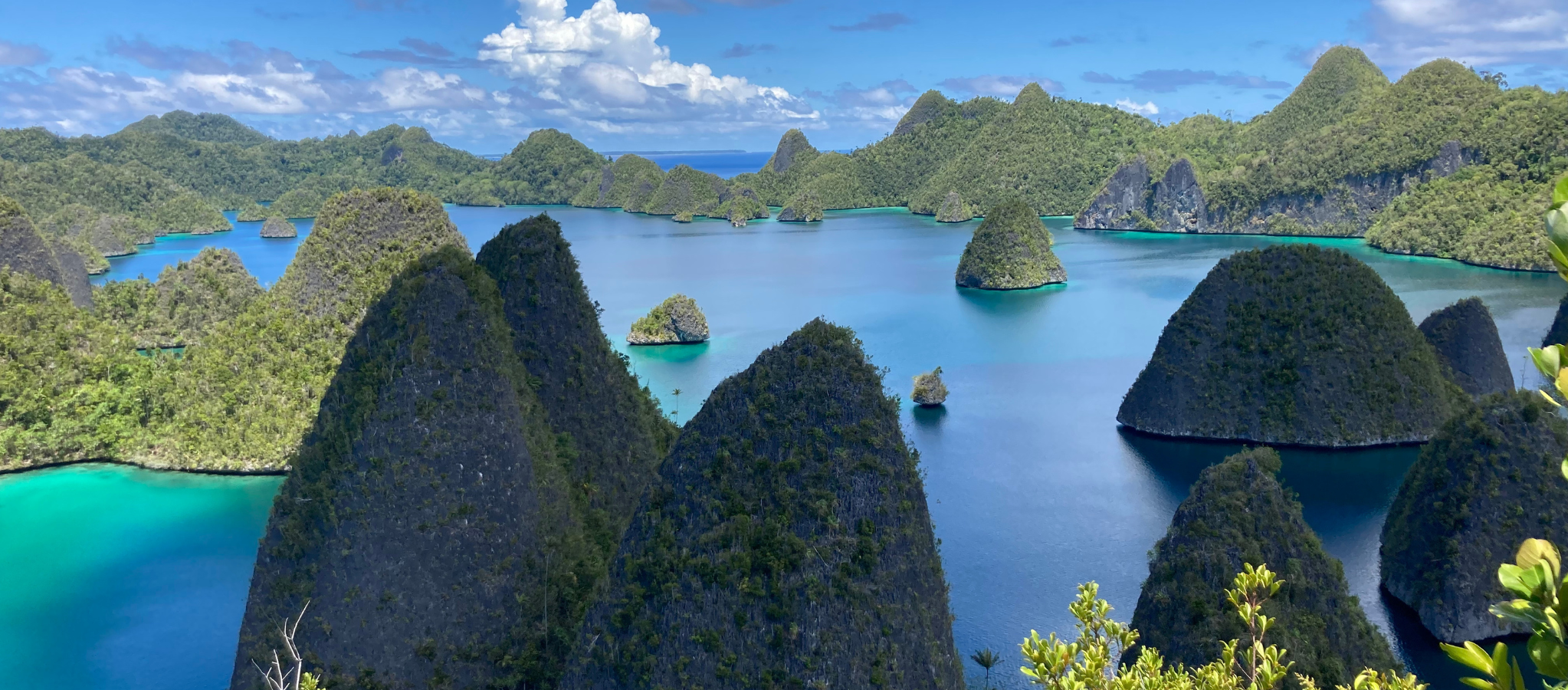 " alt="">
" alt=""> 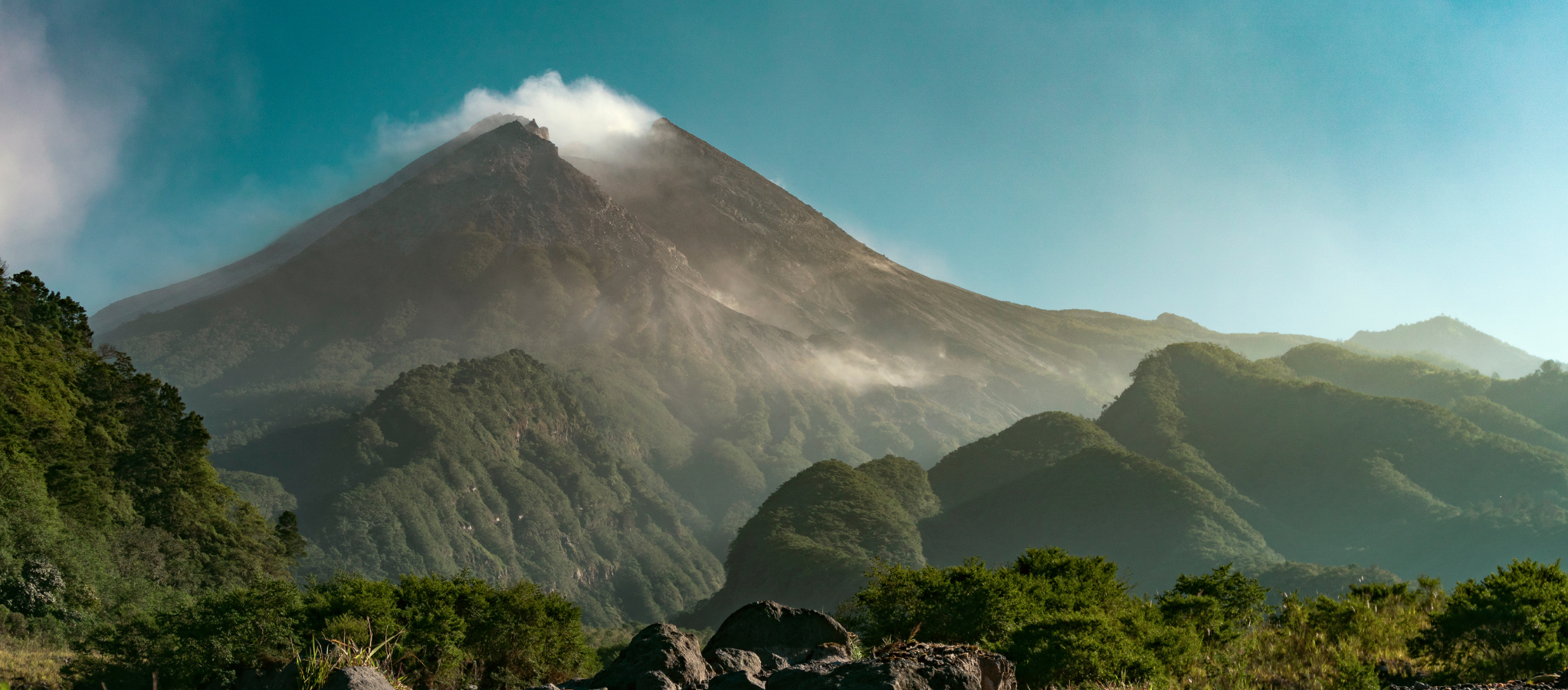 " alt="">
" alt="">  " alt="">
" alt=""> 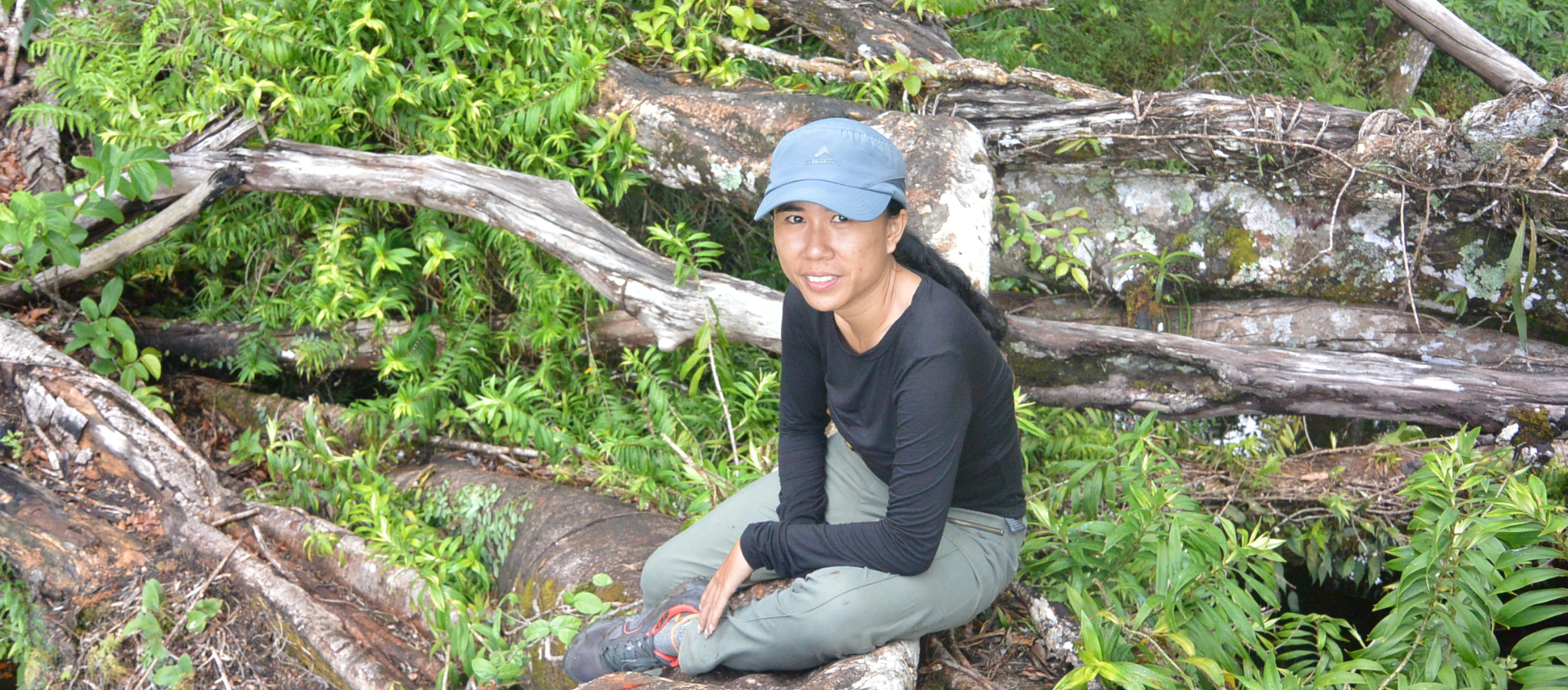 " alt="">
" alt=""> 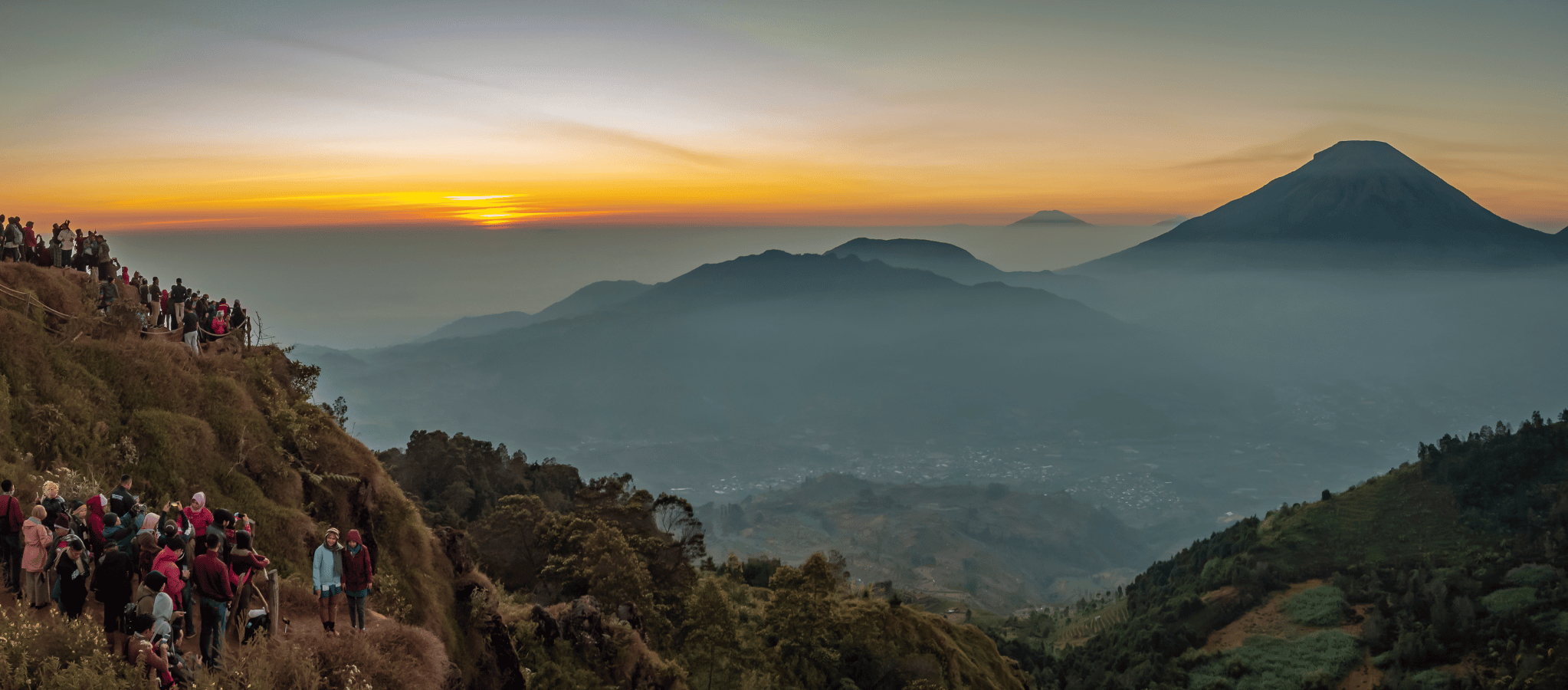 " alt="">
" alt=""> 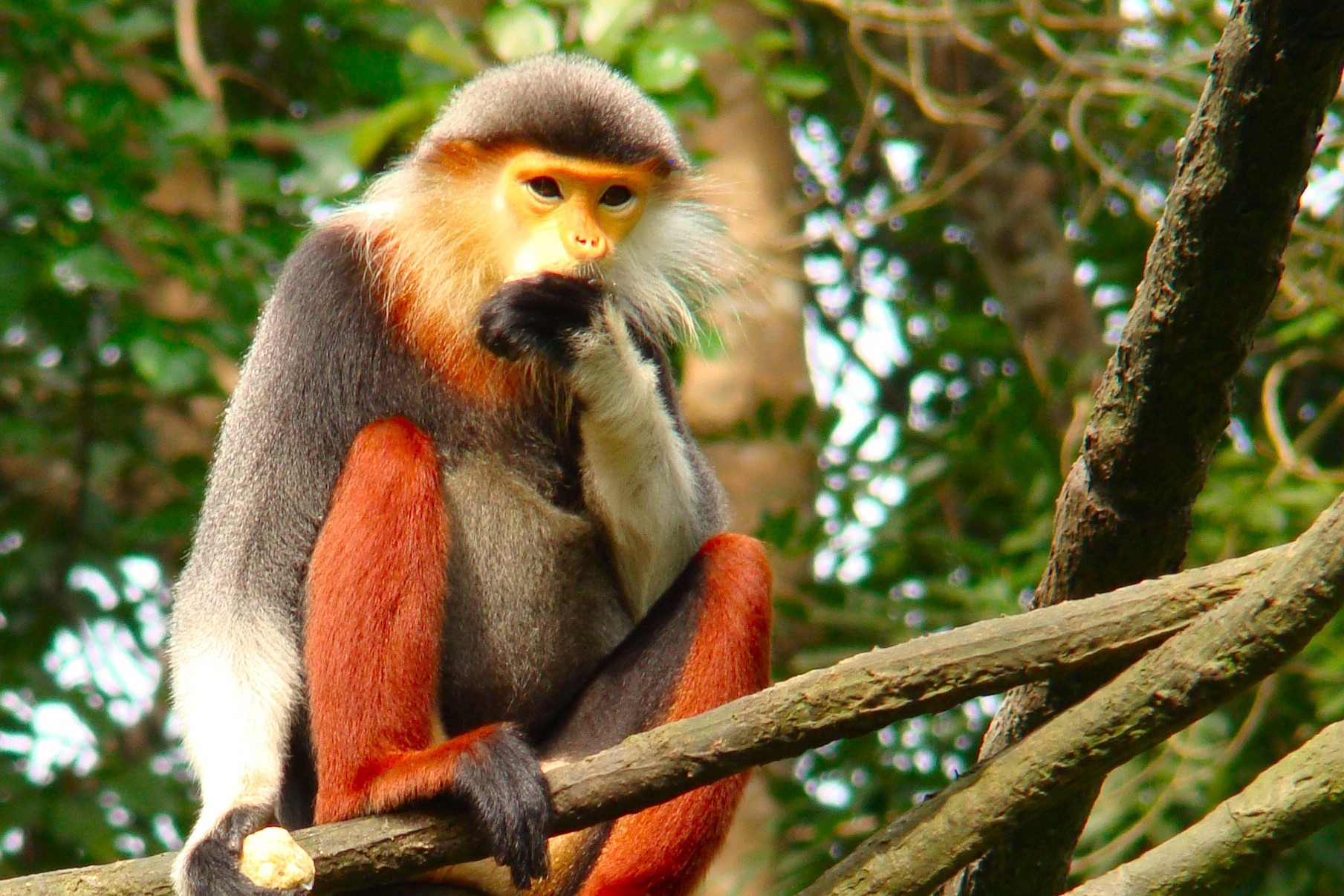 " alt="">
" alt=""> 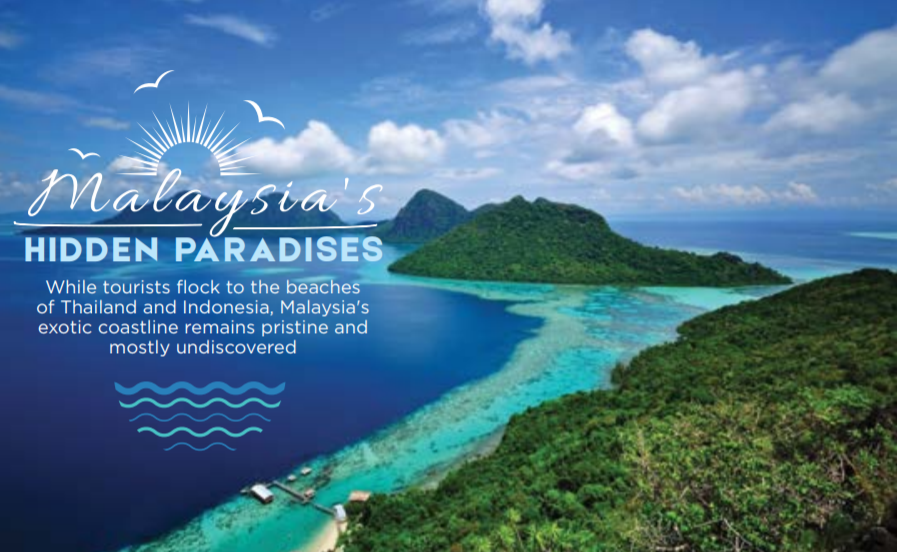 " alt="">
" alt=""> 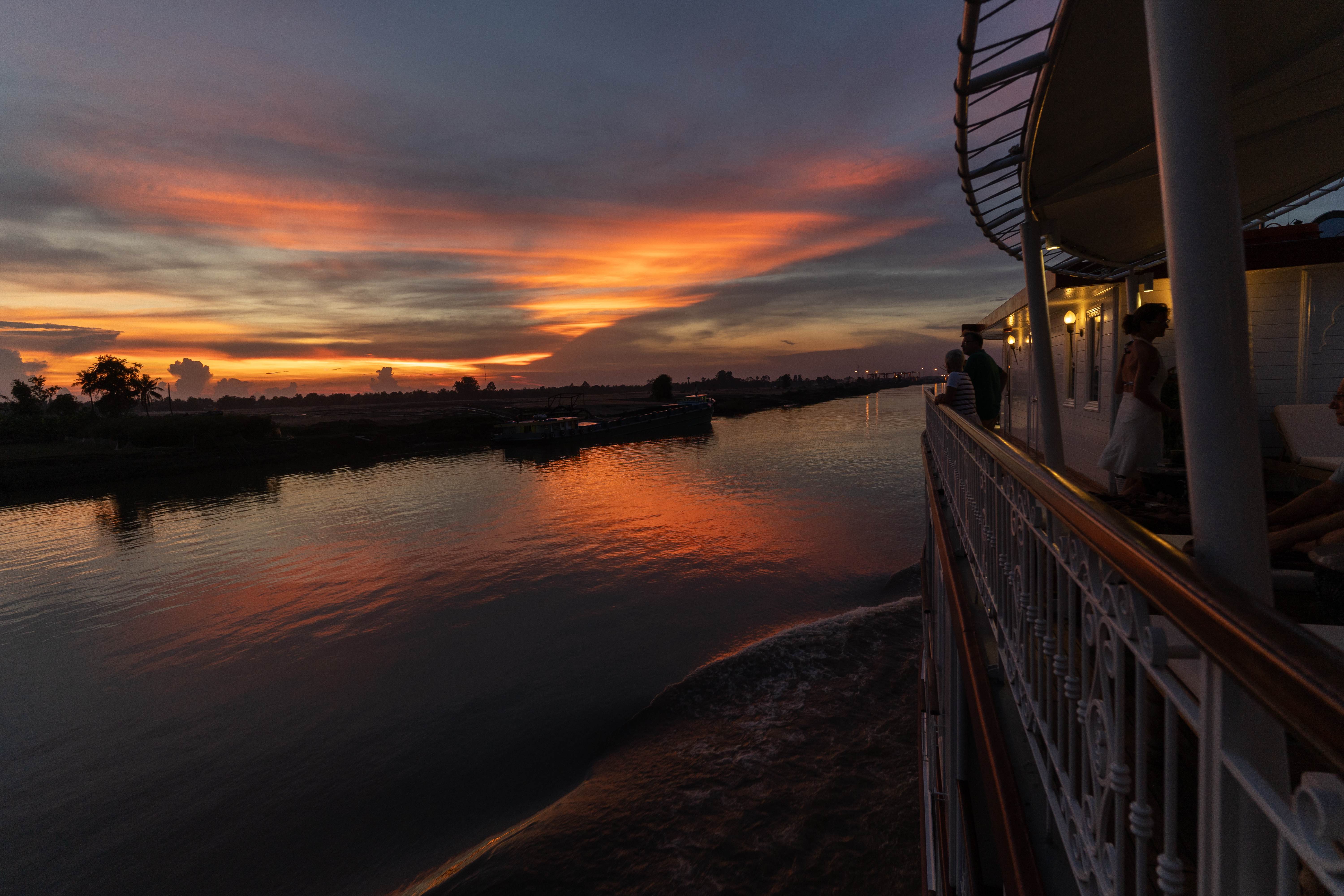 " alt="">
" alt=""> 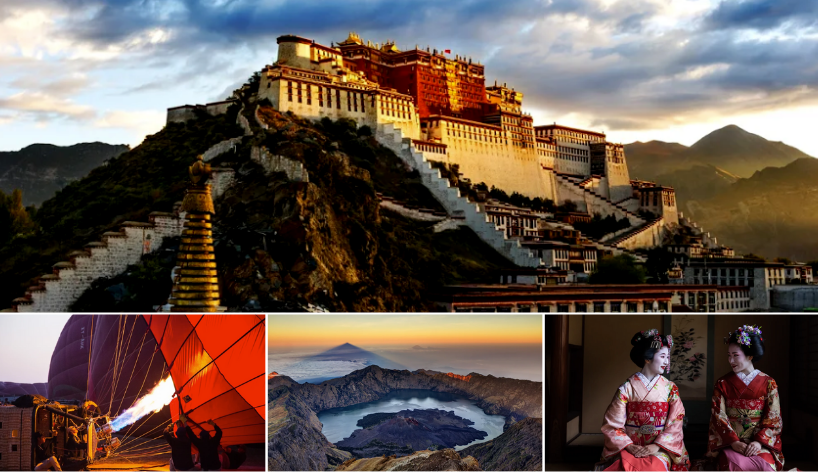 " alt="">
" alt=""> 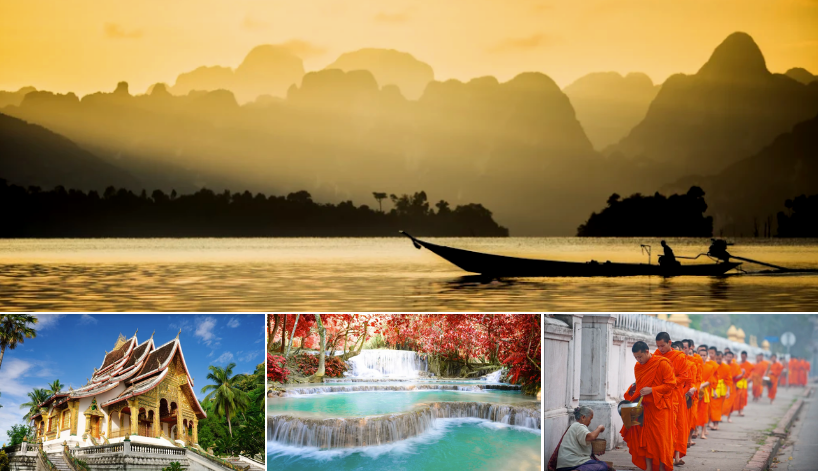 " alt="">
" alt=""> 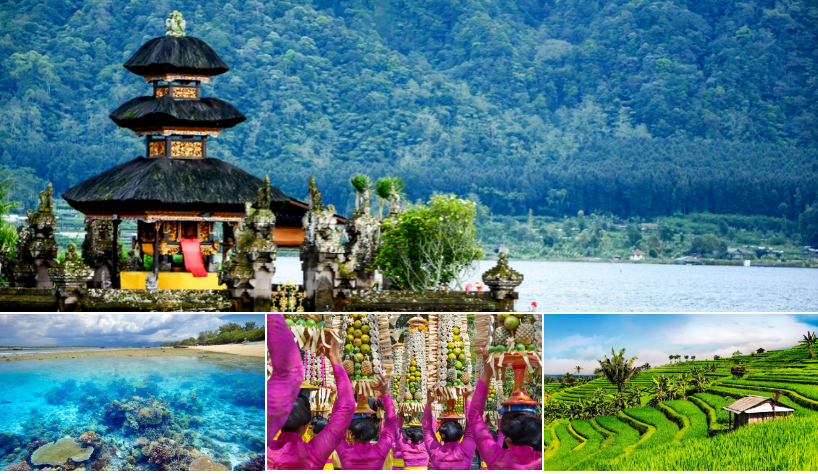 " alt="">
" alt=""> 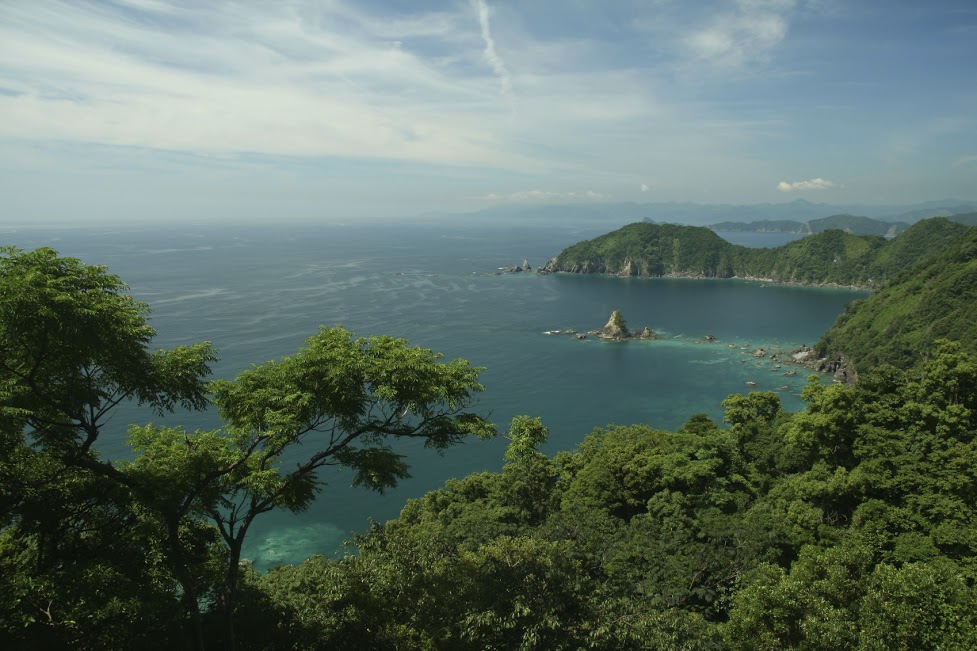 " alt="">
" alt="">  " alt="">
" alt="">  " alt="">
" alt=""> 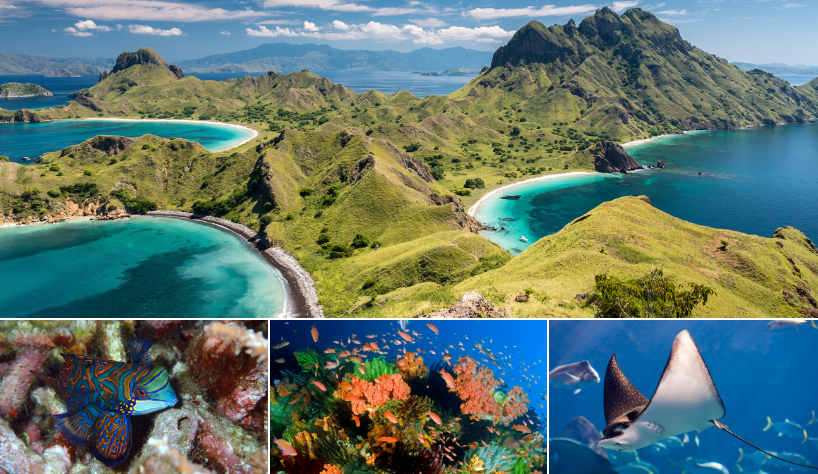 " alt="">
" alt="">